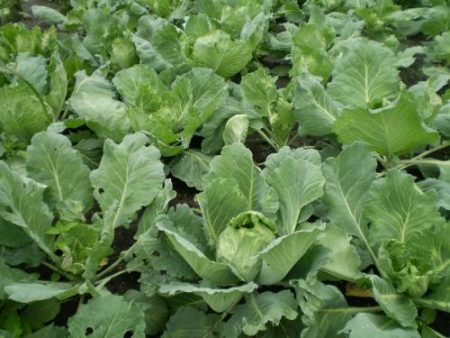 Today we will analyze what cabbage pests are and how to deal with them, see what can be done by chemical means (not desirable!), And effective folk remedies (highly recommended!).
Today we will analyze what cabbage pests are and how to deal with them, see what can be done by chemical means (not desirable!), And effective folk remedies (highly recommended!).
Cruciferous flea
These are small bugs that hide in the ground, spend the winter there themselves, and in the spring, as the land warms up, they crawl out in search of tidbits of profit, which is just cabbage seedlings. If the weather is wet and humid, don’t worry, the cruciferous flea sits in the ground in such weather, but how dry and sunny it settles - it’s right there, throws itself on tender cabbage leaves and begins to eat them. The consequences are visible in tears of cabbage leaves.
Prevention: early planting of seedlings - before the cabbage flea begins its vigorous activity, the plants will grow stronger and will no longer be of interest to this pest. Feeding with nitrate and the use of slurry will also help.
If this dirty trick has attacked your cabbage - you can dust it with dust. And best of all - to fight with folk remedies with a flea, so as not to harm the cabbage and then to poison itself.
We fight folk remedies with a cruciferous flea
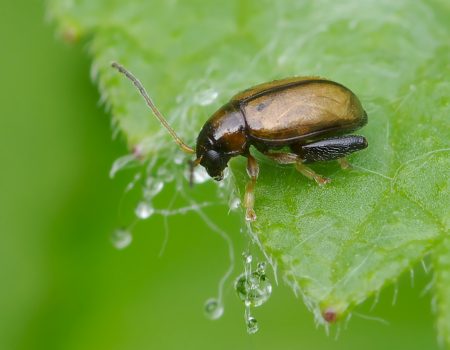
- Ash - Sprinkle plantings with wood ash, can be mixed with tobacco dust. The method is good - but in dry weather, and in the period of frequent rains will have to repeat the action again and again.
- Garlic - this harmful trifle of a smell of garlic does not like - plant spring garlic in the supposed place of cabbage planting, and then arrange cabbage seedlings near the seedlings.
- Fir oil - also does not like its flea - add it to water for irrigation literally 10-12 drops in a bucket of water.
- Chicken droppings - watering a double benefit with a weak solution of chicken droppings will save both fleas and nitrogen fertilizer for young seedlings, strengthen them, and the seedlings will grow well.
See also: blackcurrant pests and their control photo.
Cabbage fly
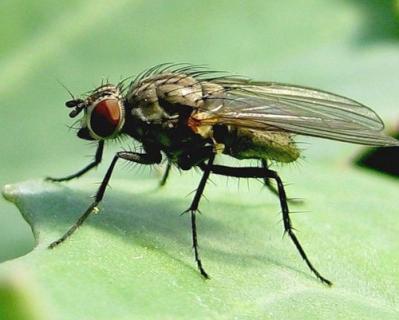
At the end of May, the cabbage fly begins to activate its activity, it especially loves our squirrel and cauliflower. The fly lays its eggs right near the cabbage on the ground, or attaches them to the root neck. After a week, the larvae will hatch, and they will begin to devour your seedlings. The root rots as a result, the cabbage disappears. If you saw that the cabbage began to fade, and the lower leaves became cyanotic in color, your cabbage fly has bred.
Methods of struggle: pollination with the same dust, solution of thiophos or chlorophos will help. And best of all, again - proven folk remedies.
The infusion of garlic will help (by the way, a universal remedy for all the muck eating cabbage, with a lack of time, they can attack them at once pests).
Cook like this: 350 g of garlic, pour 5 liters of boiling water, boil for a couple of hours, strain, pour in an equal amount of water and pour the cabbage.
Cabbage Scoop and Caterpillars
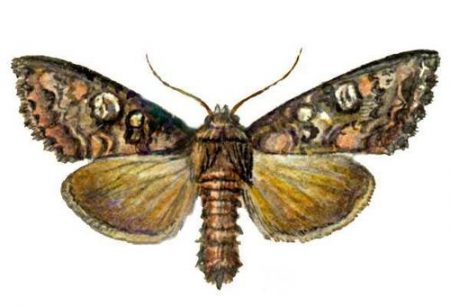
A white cabbage with a black border settles its eggs on the underside of the leaves, there are voracious caterpillars, yellow with black spots. The gray scoop, inconspicuous, places its “fruits” inside the heads of cabbage. Caterpillars are small, green, the same voracious.
Methods of struggle:
- Wasps - wasps really like these caterpillars, they drag them to their offspring, therefore your task is to attract them to the cabbage beds. Arrange the sweet jam or sugar along the beds, pour the plants with sweet water and attract your saviors.
- Ash - pour a spoonful of liquid soap into a bucket of water, pour two glasses of ash, mix, let it brew for a day, and spray the cabbage.
- Onion peel - pour an equal amount of hot water, let it brew for two days to enhance the effect, dilute twice with water and water.
- Soda - the caterpillars really do not like soda, sprinkle cabbage with it - there is no harm, and the caterpillars will not at all like it.
Slugs and snails
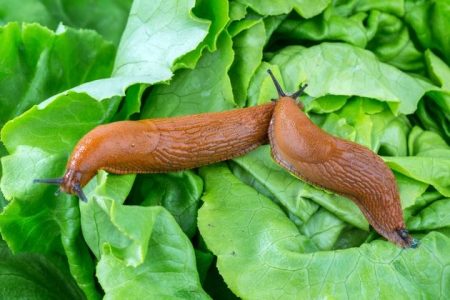
These pests hunt your cabbage at night, crawling out of the shelter, and in the morning you find holes on the sheets of your pets.
How to fight:
- An old proven method is to set up slug traps for beer or kvass with yeast and jam. Put sweet traps between the beds in the evening, at night the slugs will pose for them - and in the morning you can easily collect them.
- Mustard powder - it is disgusting to slugs and snails, just sprinkle it between the beds, and they will go to distant places.
- Liquid ammonia is so unpleasant to the sensitive snail smell! Dilute 80 ml of ammonia in a bucket of water and pour over the leaves.
- Nettle is an excellent remedy for slugs, and also an excellent fertilizer. If you have nettles, everything is simple: lay it between the beds, add fresh ones as they dry, and get double benefit.
Cabbage aphid
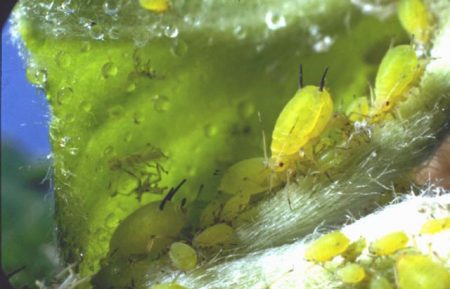
Green small dirty trickster can easily suck all the juices from your tender seedlings and destroy it.
Methods of struggle - soap solution, ash water, infusion of horseradish roots - all this is detrimental to aphids.
Universal methods of prevention include planting marigolds, dill, carrots, mint, basil, rosemary, cilantro and sage next to cabbage. They scare away all sorts of pests, and attract useful ladybugs and lacewings.
You might also be interested to know: diseases of apple trees and their treatment photo.

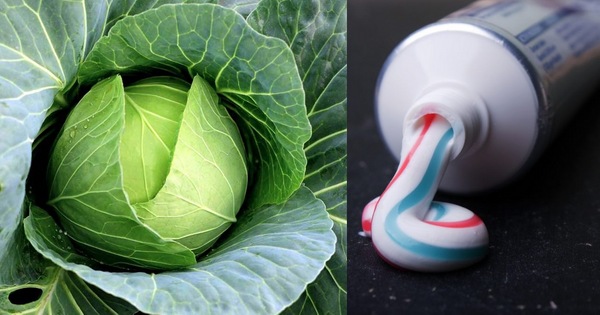
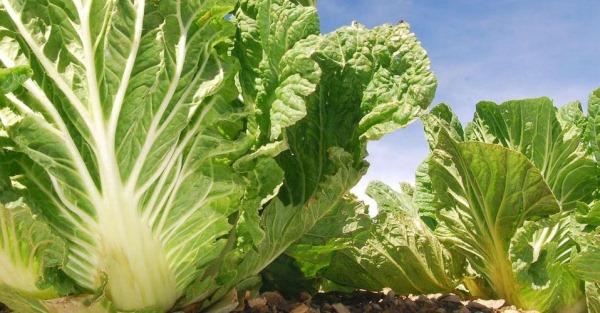
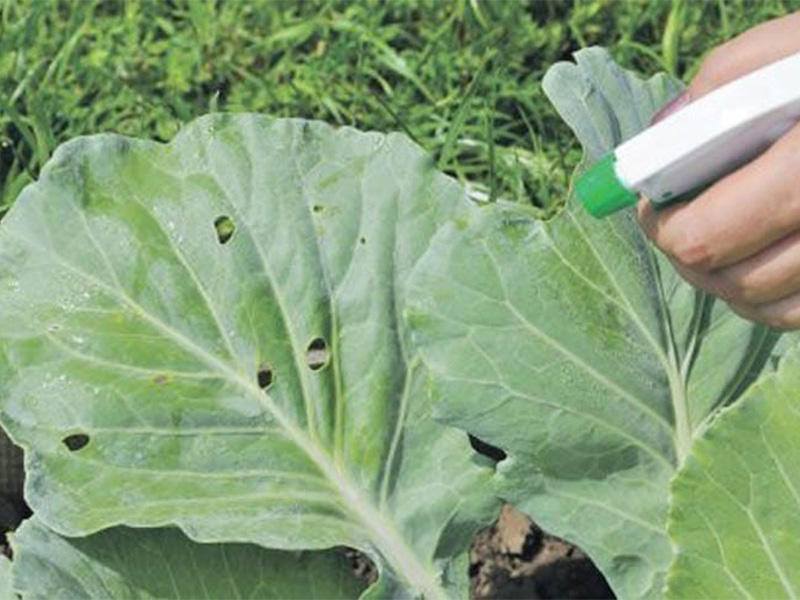
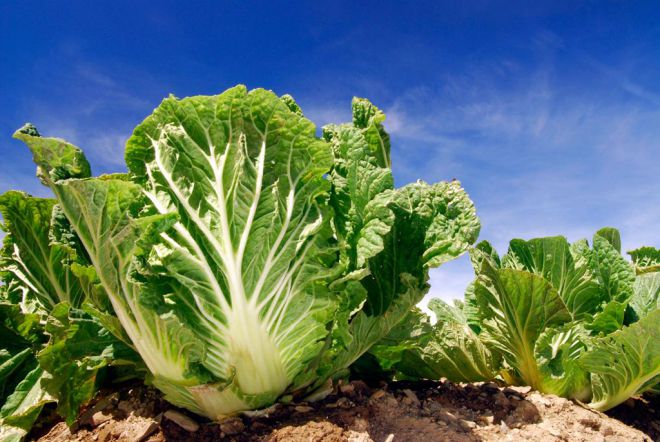 How to grow Chinese cabbage on your site?
How to grow Chinese cabbage on your site?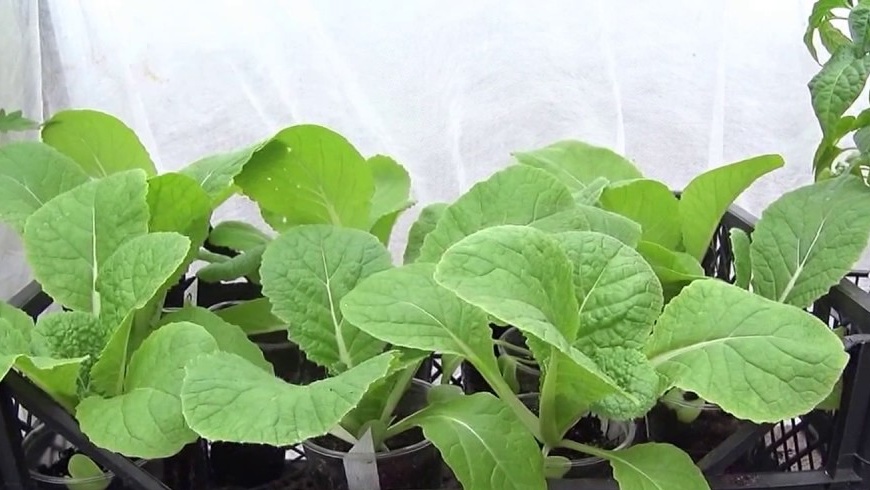 When to plant Chinese cabbage on seedlings in 2024
When to plant Chinese cabbage on seedlings in 2024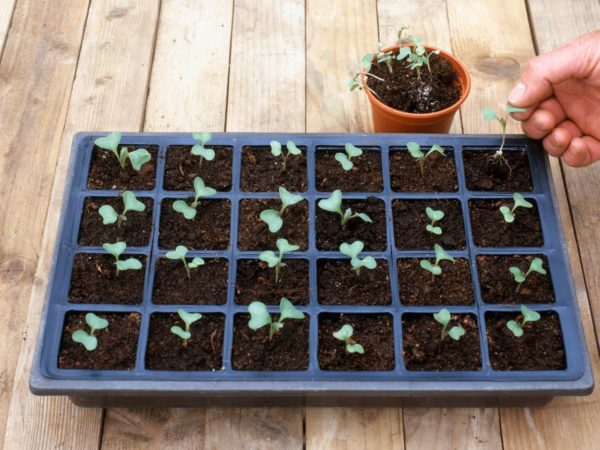 When to sow cabbage for seedlings in 2019 on the moon
When to sow cabbage for seedlings in 2019 on the moon Cauliflower: how to grow large snow-white inflorescences
Cauliflower: how to grow large snow-white inflorescences
Nina Andreevna
Cabbage is the most attractive vegetable for many pests. Especially the aphid, which does not give cabbage growth and practically destroys it. When we bring out seedlings, we immediately sprinkle ash on the ground. Then, when already transplanted, and a little cabbage began, we dilute such a solution. Laundry soap three on a grater 1 bar (that would be the effect of sticking), 1 liter can of ash, and you can peel from onions (that was the smell). Mix everything, let it brew for 3-5 days, filter and spray very abundantly cabbage leaves. We sprayed wormwood with infusion, and sometimes we use chemistry. And do not forget to plant marigolds in the garden near the vegetables.